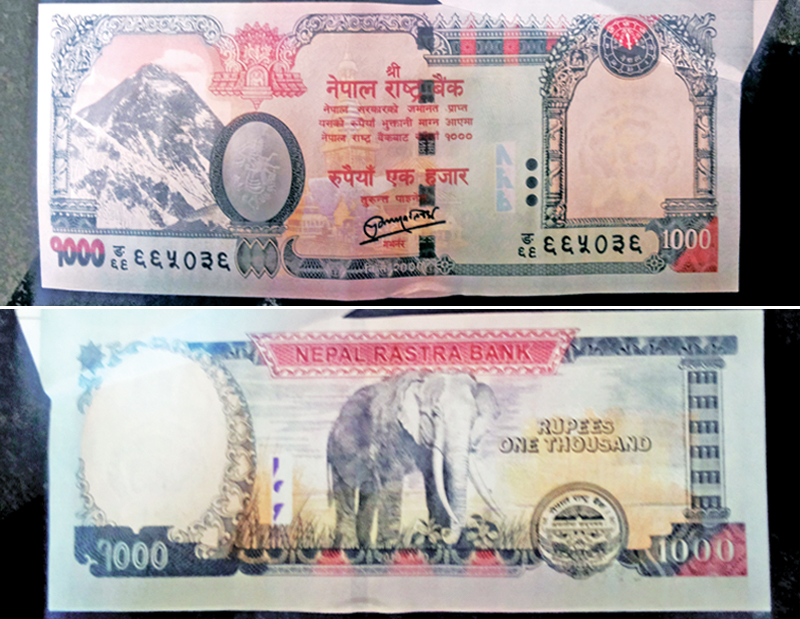Imports to be dearer as Nepali rupee slides
Kathmandu, November 24
The sharp devaluation of the Nepali currency vis-à-vis the US dollar since a few days back has posed various challenges for the country’s import-based economy because imports in the coming days will be dearer and there will also be inflationary pressure in the country.
Since November 1, the Nepali currency has witnessed a devaluation of 2.9 per cent based on the exchange rate of tomorrow fixed by Nepal Rastra Bank.
The devaluation of the Indian currency has hit the Nepali rupee again and brought it down to the same level of the past all-time low of Rs 110.28 (for Friday). The Nepali currency is pegged with the Indian rupee, which has been depreciating continuously in recent days on expectations of a rise in US interest rates after the unexpected victory of Donald Trump in the US presidential election of November 8. Trump has been advocating for tax-cut plans to lure investment, Reuters reported.
Nepali economy will also lose out due to this phenomenon, according to Keshab Acharya, an economist. “A weaker currency makes imports costlier and if the trend continues, we will be a net loser as we are an import-based economy.”
As imports will be dearer, this will hit the balance of payments (BoP) situation and will also have a negative impact on inflation. Likewise, the country will lose out while repaying interests and principals of foreign loans, which need to be paid in US dollars.
On the other hand, Nepal Electricity Authority (NEA) will face further losses as it has to pay more for off-taking power to power producers, with whom it has signed Power Purchase Agreement (PPA) in dollar terms. NEA has signed PPA in dollar terms with Khimti, Bhotekoshi, Upper Marsyangdi ‘A’ and a few other hydroelectric projects and appreciation in the dollar will further worsen the financial health of NEA.
On the brighter side, the country can reap advantages from the appreciation of the US dollar. The remittances that migrant workers send home will have more value when the US dollar appreciates. So, the families receiving remittances will receive more of Nepali currency. Exporters also can exploit this situation if they are able to raise their exports. The government’s revenue that is collected at customs points will also increase as the price of imported goods rises.
According to tourism entrepreneurs, the country can lure more tourists if they properly spread the message that a stronger dollar will have higher purchasing power in Nepal with the slide in value of Nepali currency against the dollar.
QUICK LOOK
Advantages
- Remittance volume will rise as migrant workers will prefer to send more remittance
- Exports could increase
- Higher purchasing power of US dollar helps increase tourist inflow
- Increase in customs revenue
- Country can save US dollars from dividend repatriation of foreign companies
Disadvantages
- Inflation could shoot up as imports become dearer
- Pressure on balance of payments (BoP)
- Country loses more while repaying interest and principal of foreign loans
- PPA on electricity in US dollar terms will lead to further loss for NEA
- Price of international air tickets will rise (in terms of Nepali rupees), students set to go abroad for study or Nepali travellers (to foreign country) will have to pay more in Nepali currency for US dollar
- Black marketing of US dollar could thrive
READ ALSO:






